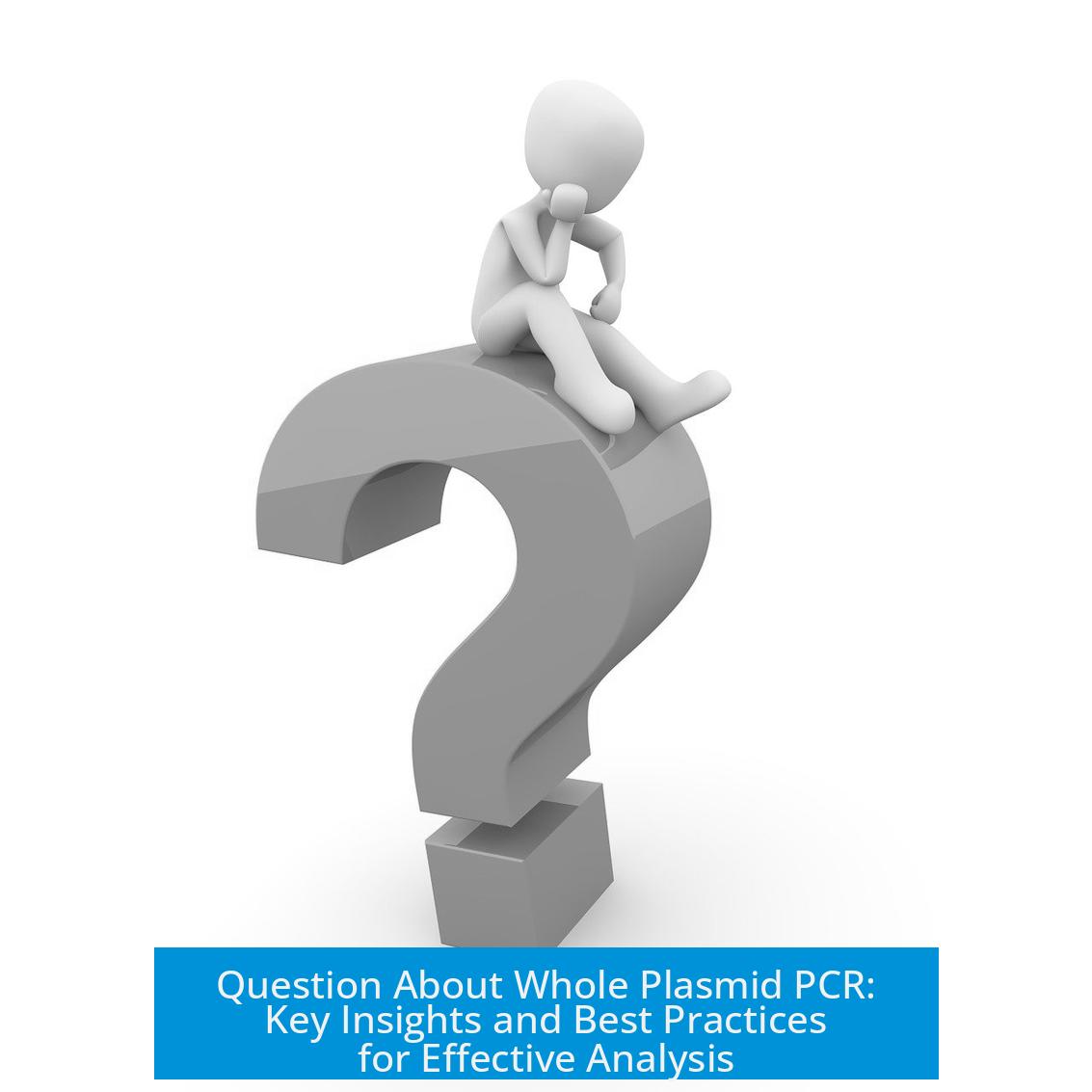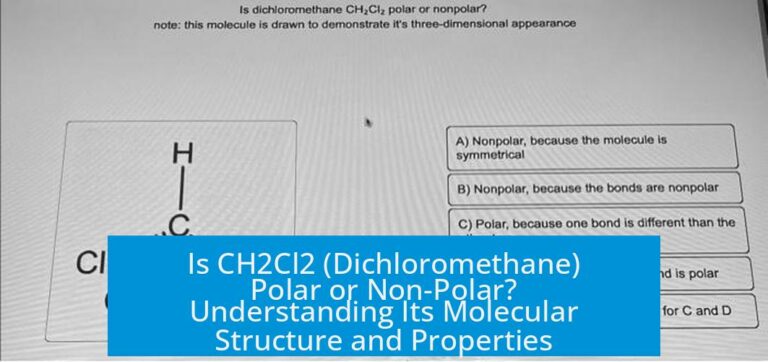Understanding Whole Plasmid PCR
Whole plasmid PCR is a technique where the entire plasmid DNA, including inserts, is amplified using PCR. It is feasible with high-fidelity polymerases for plasmids around 7 kb but may not always be the ideal approach for all applications.
Feasibility and Purpose
Whole plasmid PCR can amplify plasmids with inserts, but the intended use matters. If the goal is cloning, other methods might be better. Amplifying a 7 kb plasmid is not challenging for high-quality polymerases. Still, amplification of an entire plasmid is often unnecessary and can introduce errors.
Choosing the Right Polymerase
High-fidelity enzymes like Q5 or Phusion polymerases are recommended. Q5 works well with a 20-second extension per kb, meaning about 2 to 3 minutes for a 7 kb plasmid. Phusion typically requires longer extension times, around 45 seconds per kb, rounded to the nearest full minute.
Troubleshooting Issues
Sometimes polymerases struggle with entire plasmids, especially around certain regions like the origin of replication. Adjusting the extension temperature to 68°C instead of the typical 72°C can help. However, this requires lengthening the extension time accordingly to ensure complete amplification.
Primer Binding Considerations
Primer design is critical but flexible. Primers can bind to either the plasmid backbone or insert region. Ideally, primers face outward in their 3′ directions to facilitate amplification, but this is not strictly essential.
Size and Alternative Methods
Seven kilobases is moderate and routinely amplified with proofreading enzymes. Larger plasmids are also amplified using similar methods. Nonetheless, an alternative approach is to use restriction digestion to excise the desired insert, followed by gel purification, avoiding full plasmid amplification.
Limitations and Recommendations
Whole plasmid PCR can introduce higher error rates than bacterial replication. For large-scale or high-fidelity plasmid production, transforming bacteria followed by midi- or maxipreps remains the gold standard. This method yields more material with fewer mutations than PCR.
Key Takeaways
- Whole plasmid PCR is feasible for plasmids around 7 kb with high-fidelity enzymes like Q5 or Phusion.
- Extension times and temperatures may need adjustments for successful amplification.
- Primer binding sites can be on the insert or backbone and should ideally extend outward.
- Restriction digestion followed by gel extraction offers an alternative to full plasmid PCR.
- For large-scale or error-sensitive applications, bacterial transformation and plasmid prep outperform PCR amplification.





Leave a Comment